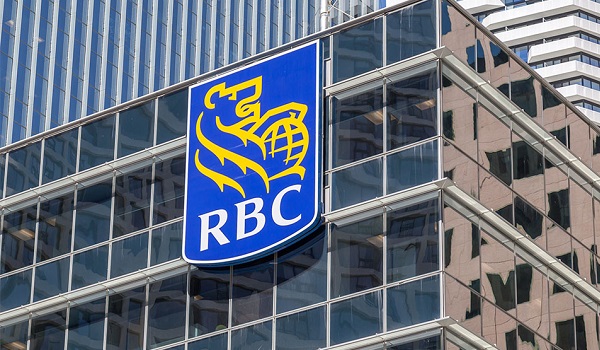Canadian banks face mortgage payment shocks risks: RBC
Payment shocks from mortgages renewing at higher interest rates over the next three years may pose a substantial tail risk to Canadian banks, according to a new report from RBC Capital Markets.
The RBC analyst and associates behind the report published Monday wrote that that around 60 per cent of all outstanding mortgages with Canadian chartered banks will be up for renewal during the next three years. This will lead to payment shocks, referring to the increased payment at renewal, according to the report, with related risks of possible impacts on loan and revenue growth at chartered banks, as well as have spillover effects on other forms of credit.
Barring any “significant declines in interest rates,” the report says credit losses will rise in 2025 and beyond as a result of the mortgage payment shock trend.
“Some have suggested that mortgage payment shock could be viewed as a tail risk possibility because mortgage payment shock hits harder out in 2025 and very hard in 2026, and it is difficult to see interest rates staying this high for that long,” the report said.
EXPECTED TIMELINE
The research comes as the Bank of Canada has raised interest rates to five per cent from near-zero over the past year and a half, in a bid to bring down high inflation.
The report laid out a timeline explaining for when higher rates at renewals are expected to kick in at the major Canadian banks, and the scale of expected related payment shocks.
“We believe there will be more than $186 billion of mortgages renewing in 2024 at the chartered banks in Canada and at current interest rates (for example, the five-year fixed mortgage rate of 5.54 per cent is over 180 basis points higher than five years ago), a weighted average payment shock of 32 per cent could be expected,” the report said.
In 2025, RBC is expecting about $315 billion in mortgage renewals at chartered banks, more of which are variable rate mortgages and many of which are “currently negatively amortizing.” The resulting weighted average payment shock from renewals in 2025 is anticipated to be similar to 2024, at around 33 per cent.
“Fiscal 2026 renewals have the largest proportion of variable-rate mortgages and consequently, unless rates fall meaningfully, the payment shock could be as high as 48 per cent on a weighted average basis,” the report said.
SPILLOVER
Increased mortgage payment shock is likely to impact loan and revenue growth at banks, the report said. Mortgage payment shocks are expected to slightly impact mortgage delinquency and have a spillover effect on other forms of credit, the report’s authors said.
However, the experts wrote they are not concerned about mortgage losses because mortgage delinquency rates and unemployment rates are currently below pre-pandemic levels.
“We believe there may be a spillover of credit losses onto other loans (i.e., unsecured credit and auto loans), but we do not yet see evidence of significant credit deterioration except for a specific subset of commercial real estate (office space),” the report said.
RETAIL BANKING OUTLOOK
The report’s authors maintained a “tepid growth outlook” of about four per cent in 2024 and about three per cent in 2025 for revenue growth in retail banking.
The retail banking industry will be “managing through this phenomenon carefully with slow loan growth, low NIMs (net interest margin), and fee pressure,” the report said.
Net interest margin measures the difference of how much a bank generates from interest on loans compared to how much it pays in interest.
WHAT ARE THE BANKS DOING?
Canadian banks are working proactively to lower the impact of payment shocks, according to the report.
“Customers are given a range of options including increasing monthly payments, switching to a fixed rate, making a lump sum payment, or extending the amortization period,” the report said.
The RBC experts wrote they will “continue to track” increases in mortgages with over thirty-year amortization periods while assessing the efficacy of those measures.
This article was reported by BNNBloomberg
















